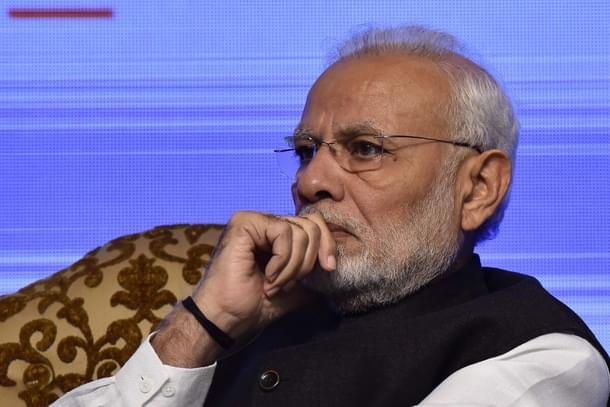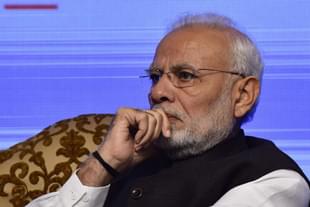News Brief
"Labour-Intensive Manufacturing, Defence Modernisation": Here's What Economists Expect From Modi 3.0 Despite Coalition
Swarajya Staff
Jun 09, 2024, 05:09 PM | Updated 05:09 PM IST
Save & read from anywhere!
Bookmark stories for easy access on any device or the Swarajya app.


Narendra Modi, the elected leader of the National Democratic Alliance (NDA), is set to be sworn in as India's Prime Minister for a historic third term on Sunday (9 June) at 7.15 pm.
After a decade of full majority governance, Modi will now lead a coalition government, with the Telugu Desam Party and Janata Dal (United) as key partners. Despite this coalition, experts believe the new government's economic agenda will remain largely unchanged.
Economists assert that Modi 3.0 will continue with reforms necessary to achieve the goal of a developed India by 2047. These reforms, particularly in infrastructure, labour, and manufacturing, are crucial for driving economic growth and development in the country.
M Govind Rao, a member of the 14th Finance Commission and former director of the National Institute of Public Finance and Policy has stated, "The oft-repeated target of becoming a developed country by 2047 requires far-reaching reforms in the factor market, opening up of the economy, infrastructure development, and a thrust towards labour-intensive manufacturing."
Rao added, "In a coalition environment, it may not be easy to carry out big bang reforms, but the thrust of incremental reforms should be in this direction."
Economists have noted that coalition politics might lead to increased spending on populist measures. However, the government is expected to maintain its focus on "Made In India" reforms, with infrastructure and manufacturing remaining top priorities.
Gautam Sen, a retired political economist from the London School of Economics, author, former member of the India-UK Roundtable, and senior consultant for the UNDP, commented, "There's likely to be a swerve towards greater populist spending and some commitment of resources to states of alliance partners is also likely. But India's public finances are in relatively robust health and to be augmented by significant reserves from the RBI."
Sen further said, "India's infrastructure spending will continue apace but perhaps with greater private sector participation. Expenditure on defense modernisation and indigenisation will also undoubtedly continue."
The full budget, expected to be announced in July, will reflect Modi 3.0's economic agenda. Economists anticipate a boost in welfare and support schemes, particularly for farmers and the poor.
Sen added, "One constraint remains the sluggish world economy, which could suffer worse setbacks next year, though Indian growth has risen despite it. The unknown is the impact of external shocks of intensifying wars and uncertainty over energy prices."
In a significant boost to the start of Modi 3.0, the Reserve Bank of India (RBI) on 7 June revised upwards the gross domestic product (GDP) growth projection for the current fiscal year to 7.2 per cent from 7 per cent, citing rising private consumption and a revival of demand in rural areas.
RBI Governor Shaktikanta Das noted that estimates from the National Statistical Office placed India's real GDP growth at 8.2 per cent in 2023-24.





